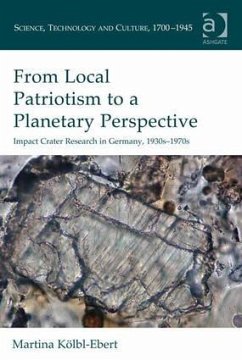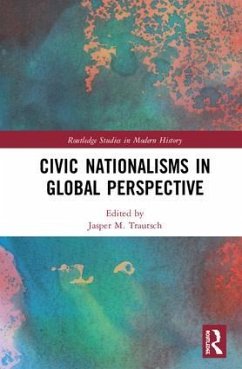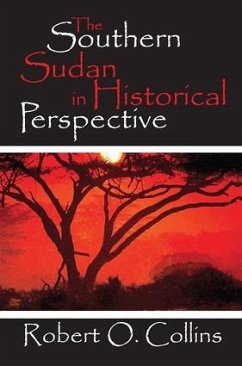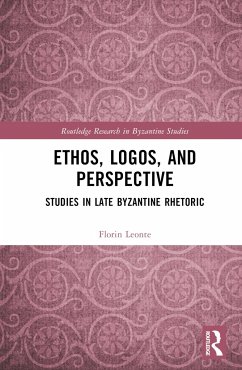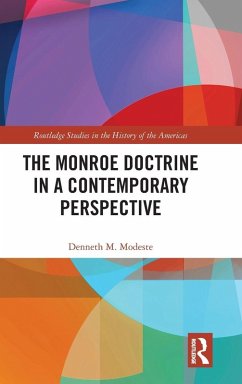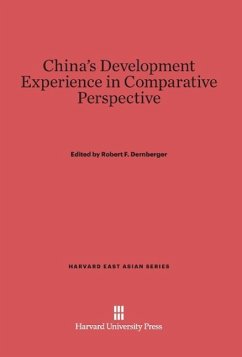
Medieval East Central Europe in a Comparative Perspective
From Frontier Zones to Lands in Focus
Herausgeber: Jaritz, Gerhard; Szende, Katalin
Versandkostenfrei!
Versandfertig in 1-2 Wochen
167,99 €
inkl. MwSt.
Weitere Ausgaben:

PAYBACK Punkte
84 °P sammeln!
Medieval East Central Europe in a Comparative Perspective draws together the new perspectives concerning the relevance of East Central Europe for current historiography. Grouped into four parts the essays take up comparable phenomena in political, social, religious, and cultural life. They question and explain the reasons for parallel practices and differences in rulership and governance and point out themes and structures from gender to religious orders that did not function according to political boundaries. The volume offers a new interpretation of medieval East Central Europe, beyond its t...
Medieval East Central Europe in a Comparative Perspective draws together the new perspectives concerning the relevance of East Central Europe for current historiography. Grouped into four parts the essays take up comparable phenomena in political, social, religious, and cultural life. They question and explain the reasons for parallel practices and differences in rulership and governance and point out themes and structures from gender to religious orders that did not function according to political boundaries. The volume offers a new interpretation of medieval East Central Europe, beyond its traditional limits in space and time and beyond the established conceptual schemes.




